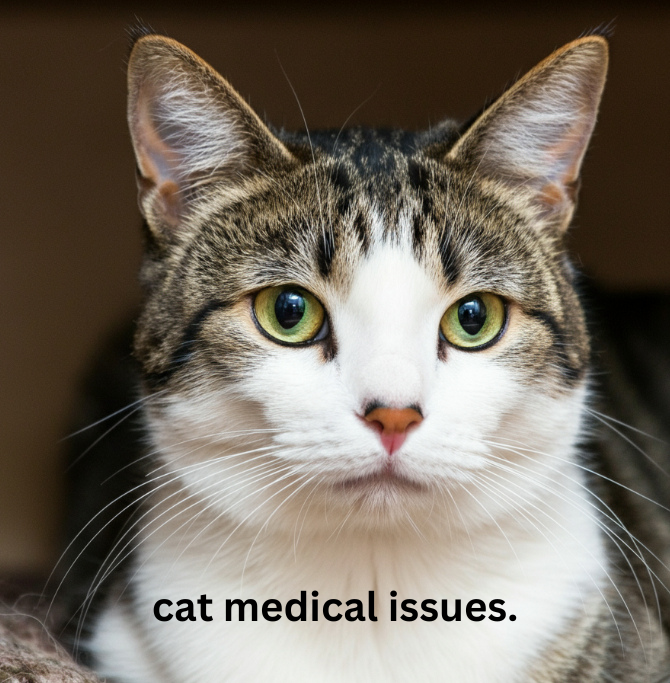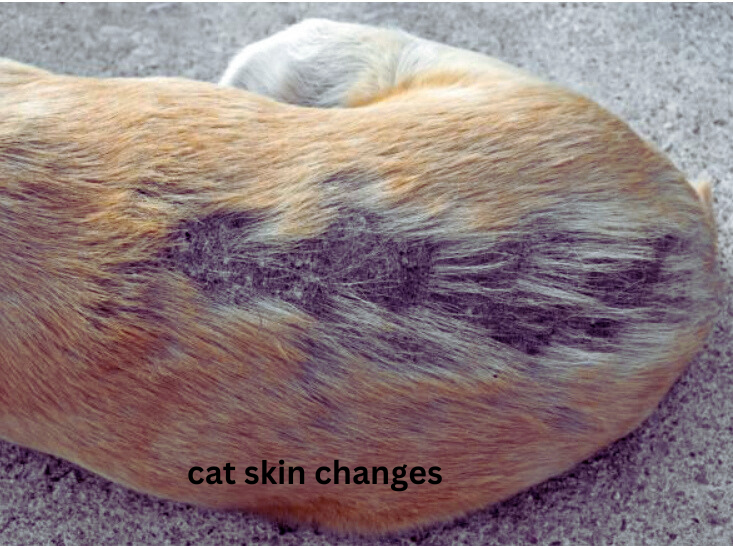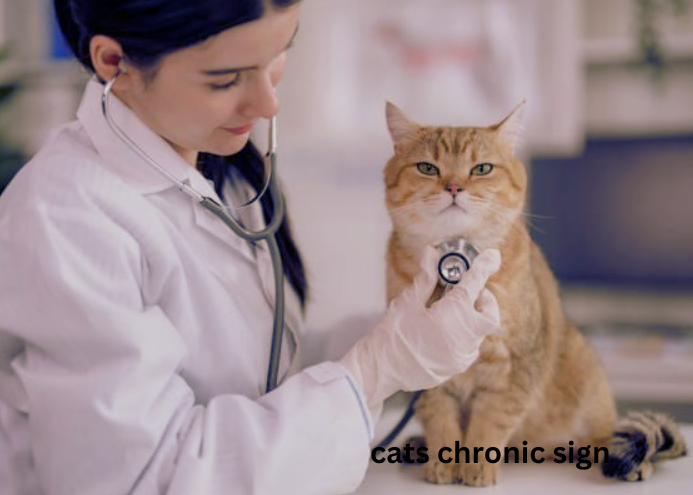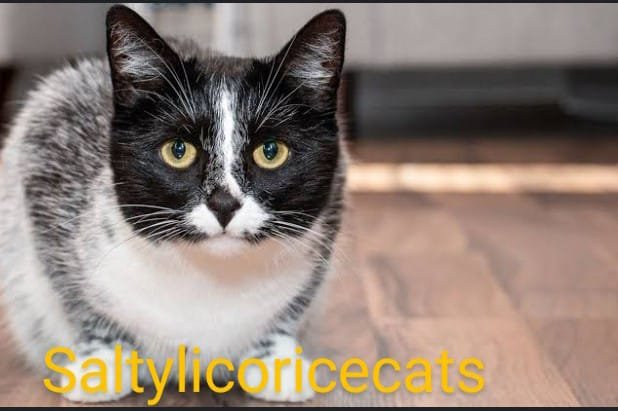
Symptoms of Diseases that Often Affect Cats
Like any other animal, there are symptoms that cats give when they are ill, and their bad shape is discernible. It may include being dull or less active, an unusual interest in some objects, a lack of a shiny coat, and sudden weight changes. Nothing could be truer, as it is all about vigilance when it comes to your cat’s condition and behaviour. If these signs are identified early, the veterinarian can treat the animals.
Signs of Behavioral Changes
One of the earliest indications of disease in your feline is an adjustment of its typical way of behaving. If your pet demonstrates forcefully, stows away for a long time, or expresses strangely, they might be in torment or pushed. Also, if a playful cat becomes lazy or a sociable cat stops interacting with people, these symptoms may signal medical issues. They need attention.
Abnormal Way of Eating or Drinking
Studying a cat’s eating and drinking patterns is a great way to check its health. A loss of appetite and low food and water intake may suggest dental, kidney, or gut issues. Changes in feeding patterns can cause severe conditions. So, early identification will help.
Overview of Female Respiratory Distress
An episode led by a feline’s respiratory issues might be gentle, or costing the feline’s life might be sufficiently serious. If your feline has dyspnoea, wheezing, hacking, or a runny nose, now is the right time to see a vet. These side effects could be because of respiratory contaminations, sensitivities, or more awful illnesses, similar to asthma. In all cases, look for veterinary considerations when respiratory trouble is available in a pet.
Common Gut Symptoms That Signal That There Is an Issue
Cats’ digestion may be affected by illnesses like vomiting, diarrhoea, and constipation. Diarrhea is often not serious. However, constant cases may mean parasites, food intolerance, or inflammatory bowel disease. Watching their feeding, watering, and litter box habits may reveal health issues.
Skin and coat changes may be considered as initial warning signs about the canine’s health.

Fur and skin are good parameters to assess a cat’s state of health or conditions of its body. Routine grooming may reveal symptoms of specific diseases. For instance, a dull coat or congested hair might be because of sensitivities, a skin disease, or a terrible eating routine.
Moreover, scabbing or sores may be insects or vermin on the skin or other parasitic contaminations. Groom Mals regularly. Their coat must be at its best. Any change in texture is easy to notice.
Diagnosing the Mobility or Joint Pain in Cats
Any change in the ability of a cat to move might be as a result of joint pains or arthritis in cats, especially those that are old. Signs like limping, trouble jumping, stiffness, or reluctance to play likely mean joint pain. Watching their daily activities and seeking help like a vet for supplements or exercise improves their lives.
How to Intervene When Lethargy Is Getting Dangerous
Like all animals, cats love to take naps, so when your cat is more lazy than usual, this may be a sign of something. Your cat may now ignore toys or sleep a lot. This can indicate illness, pain, or stress. It is important to pay attention to those changes in behaviour to know when professional assessment is needed.
Popular types include: Persistent vomiting in cats and persistent diarrhea in cats
Vomiting and diarrhoea are normal occasionally, but if they occur frequently, they will be signs of a problem. Chronic symptoms could be due to diet, infections, or severe gut disorders. Attend dietary disorders early. Don’t wait for complications, like dehydration, to show up.
Learning The Difference Between Chronic And Acute Signs

Some conditions cause a child to have long-term symptoms, like vomiting and trouble breathing. They require long-term management. Sharp symptoms are sudden in their manifestation, and they may be an indication of a medical emergency. Knowing the difference helps in deciding to take the animal to the vet.
Feeling the pulse of pain or discomfort in cats
Cats often hide the pain. So, watch for more vocalization, less grooming, or changes in stance. Aggressive or retreating postures may signal discomfort. So closely monitor your cat.
Chronic changes in the litter box behavior as a sign
Litter box changes, including urinating outside the box or straining, can be key indicators of UTIs, kidney problems, or stress. Big deviations need a quick response. This can prevent health issues.
Supervising Weight Loss or Weight Gain
Weight changes in your cat can be a sign of many things. Weight loss or gain could be a sign of hyperthyroidism, diabetes, some forms of cancer, or obesity, respectively. Their well-being depends on how they monitor their weight and diet.
The Subject of Vet Checks
A healthy cat should get a vet check-up. It will find any early signs of future illness. Vaccinations, dental care, and check-ups can improve your pet’s life. Establishing rapport with your vet gives advice specific to your cat’s requirements, and this is important.
These are symptoms that should be attended to immediately in the same way as an emergency:
Some signs are serious. They need urgent vet care. They include difficulty breathing, unresponsiveness, seizures, and excessive bleeding. These emergency signs must not be ignored. They may indicate other life-threatening conditions. So always have a plan for emergencies. It will help if something happens to your cat.
Conclusion
The strength of your feline must be investigated cautiously and comprehended, and certain insurances ought to be taken. You can assist your cat with living a long, sound life. Give great sustenance, watch his weight, and take him for normal tests. Additionally, know when something is off-base. The sound of a very really liked feline will develop to bond with you. It will enhance both your lives.
FAQs
What is the best age to take my feline to the vet?
Cats should ideally be taken to the vet for a standard assessment, something like once a year. Cats or sound felines should be let out one time per day; however, assuming your feline is more established or has some disease, your veterinarian might suggest more successive visits.
They asked me what diet was suitable for my cat.
More importantly, your cat’s diet depends on its age, weight, and health issues. A mix of wet and dry food is usually best. But ask the vet for the right diet for his/her cat.
Well, when is my cat most likely to show signs that something is wrong?
Explicit changes might include an absence of hunger, shortcoming, changes in conduct, regurgitating, or looseness of the bowels. These could be signs of various infections; consequently, any such secondary effects should be reported to the veterinarian.
How might I keep my feline thin and sound?
Simultaneously, it’s vital to keep AAFCO’s guidelines for the feline’s feast size. Additionally, give sufficient play and exercise. Do not overfeed the dog. Limit sweet or fatty treats. ChOKIE-bONs are okay as an occasional treat.
How do I act if my cat has some signs of an emergency?
Take the cat to the vet immediately if you see any emergency signs. These include difficulty breathing, seizures, and extensive bleeding. It is very important to have the emergency veterinary clinic number on hand.
